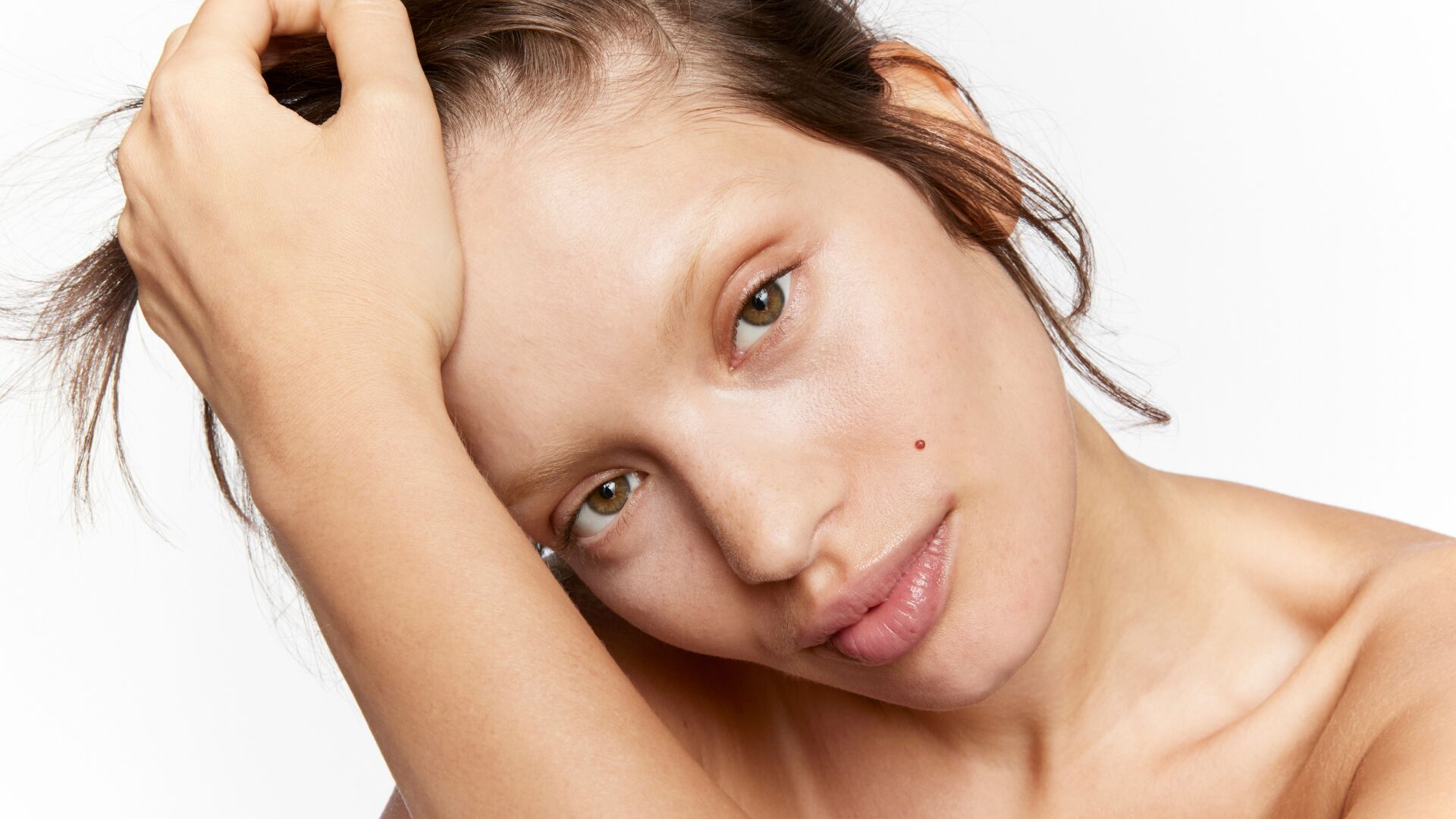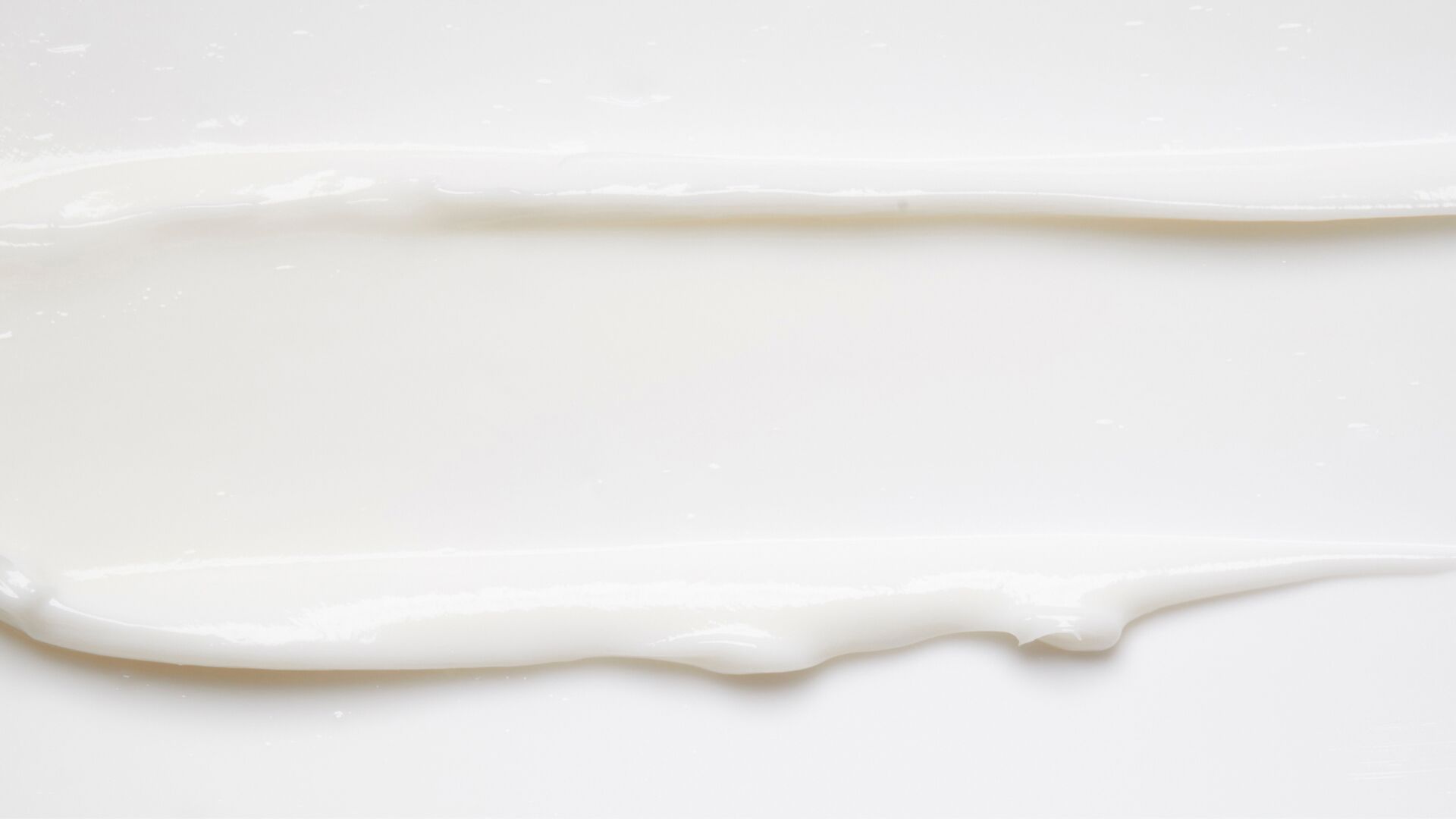
It might be the lesser known of all the skincare acids, but Azelaic Acid is a serious overachiever. It treats pigmentation and combats congestion. It soothes inflammation and reduces the appearance of scarring. And it calms redness like nothing else. Here’s everything you need to know about the star ingredient (and why you should add it into your skincare routine ASAP)...
What is Azelaic Acid?
Azelaic acid, otherwise known as Dicarboxylic Acid, is a naturally occurring acid that has antimicrobial and anti-inflammatory properties. It has a larger molecular size than other skincare acids, meaning it isn’t able to penetrate to the deeper levels of skin, making it less irritating and perfect for anyone with sensitive skin. In addition to its aptitude for sensitive skin, its antimicrobial and anti-inflammatory properties help to ward off the bacteria on the skin's surface that cause acne.
What are the benefits of using it in skincare?

It’s visibly redness-reducing, skin-soothing, barrier-supporting, refining, calming and strengthening (like we said, it's an overachiever) so whether you have highly sensitive skin, are prone to breakouts, rosacea or are simply looking to try something new, here are all the benefits of adding this multifunctional ingredient:
Acne
Azelaic Acid has antibacterial properties, meaning it can break up the blockages in your pores that lead to breakouts. It is also an anti-inflammatory which helps to reduce the ‘heat’ of your spots, making them appear less angry and irritated.
Studies show that, alongside killing blemish-causing bacteria, Azelaic Acid also regulates skin cell turnover, helping to prevent clogged pores and the formation of spots.
Acne scarring and pigmentation
This skincare ingredient isn’t a one-stop-wonder for those with active acne, as it can be used to treat scarring once breakouts have gone. It is known to block the enzyme tyrosinase, which controls melanin production in the skin, an overproduction of which shows up as hyperpigmentation as well as the dark brown and red discolouration commonly experienced with acne scarring.

Sensitive skin
Due to its larger molecule size, Azelaic acid is a milder exfoliant than other Alpha Hydroxy Acids (AHAs), This makes it a great alternative to Glycolic, Lactic and Mandelic acids, for anyone dealing with dry or sensitive skin.
It is often prescribed by dermatologists for those with rosacea-prone skin for this reason. As an anti-inflammatory, it can reduce the redness and irritation of patches of rosacea. It is also one of the few topicals that is safe to use during pregnancy and breastfeeding, allowing women to continue treating their rosacea-prone skin, which can flare up during this period.
What should I pair my Azeliac Acid with?

With so many active ingredients being used in skincare formulas, as well as the now ubiquitous multi-step regime, it has never been more important to consider whether certain ingredients are safe to use in tandem with others.
Thanks to its versatility, Azelaic Acid is a team player and pairs well with other active ingredients.
Do mix with Niacinamide
Using Niacinamide and Azelaic Acid together visibly minimises enlarged pores, smooths rough skin texture and promotes healthy, glowing skin.
Do mix with Vitamin C
Using these ingredients together may speed up the results for evening skin tone and fading marks.
Do mix with SPF
As with all acids and other powerful skincare ingredients like Retinol, Azelaic Acid can make your skin more sensitive to UV, so a daily SPF is a non-negotiable.
Don’t mix with more AHAs and BHAs
Most experts caution against using AHAs (alpha-hydroxy acids) with Azelaic Acid, since the combination can increase skin sensitivity and make skin red, irritated and scaly. BHAs: BHAs (beta-hydroxy acids), such as Salicylic Acid, can also increase sensitivity when combined with Azelaic Acid.
How to use it Azelaic Acid
Similar to Retinol, you will benefit the most when you’re using it regularly (ideally, daily). Sporadic use just won’t work when it comes to managing those common issues it helps with, like clogged pores, redness and pigmentation. However, if your skin is sensitive or prone to redness, it's important to introduce a new ingredient slowly into your routine, to give your skin time to adjust.
For best results, opt for a serum that contains complementary ingredients like Beauty Pie's new Happy Face Azelaic Moisturizer, which contains 10% Azelaic Acid plus Niacinamide, Centella Asiatica, Rose Fruit Pore-Minimizers and Sakura Complex for visible redness-reducing, immediate skin-soothing, barrier-supporting, refining, calming and strengthening. It's clinically proven to significantly reduce the appearance of redness in as little as 7 days, and 78% of users said their skin was immediately soothed.
Apply morning and/or evening onto clean skin, or over your favourite hydrating serum. Build your tolerance up slowly and follow with moisturiser if needed.


